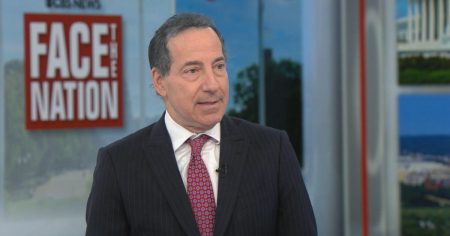The High Cost of Using Military Planes for Deportation
Introduction
In an era where the spotlight is on curbing government spending, the use of military planes for deporting undocumented immigrants has come under scrutiny. This practice, while intended to enforce immigration laws, raises significant questions about its financial feasibility. The cost of deporting individuals via military aircraft is substantial, sparking debates about budget priorities and the efficiency of such measures. This summary explores the financial and human implications of this policy.
The Financial Burden
The deportation process is costly, with military flights being a significant expense. Each flight can cost taxpayers hundreds of thousands of dollars, a figure that balloons when considering the scale of operations. For instance, deporting a group of individuals via military plane can exceed the cost of alternative methods, such as commercial flights or ground transportation. These expenses highlight a tension between cost-cutting measures and the resources allocated to immigration enforcement.
Human Stories and Broader Implications
Beyond the financial aspect, deportations via military planes have profound human consequences. Families are often separated suddenly, leaving emotional and economic voids. The impact on mental health is significant, with anxiety and fear becoming prevalent in affected communities. These personal stories illustrate the multifaceted effects of such policies, extending beyond mere numbers.
Expert Concerns and Policy Analysis
Experts and officials question the efficacy and fiscal responsibility of using military aircraft for deportations. They argue that the funds could be better utilized in other areas, such as education or healthcare. Additionally, there are discussions about the fairness of prioritizing costly enforcement over comprehensive immigration reform, which could offer more sustainable solutions.
Alternative Solutions and Reforms
Investigations into these practices have spurred calls for reform. Proposals include exploring cheaper and more humane alternatives, such as working with other countries to streamline deportation processes or investing in technology to track undocumented immigrants without resorting to costly flights. These suggestions aim to balance enforcement needs with financial and ethical considerations.
Conclusion and the Path Forward
The debate over deportations using military planes underscores the complexity of balancing government spending with immigration enforcement. While the intent is to uphold the law, the high costs and human toll suggest a need for a more nuanced approach. Future discussions must weigh the financial burden against the social impact, potentially leading to policy changes that are both cost-effective and compassionate. The challenge lies in finding solutions that respect both the law and the humanity of those involved.












